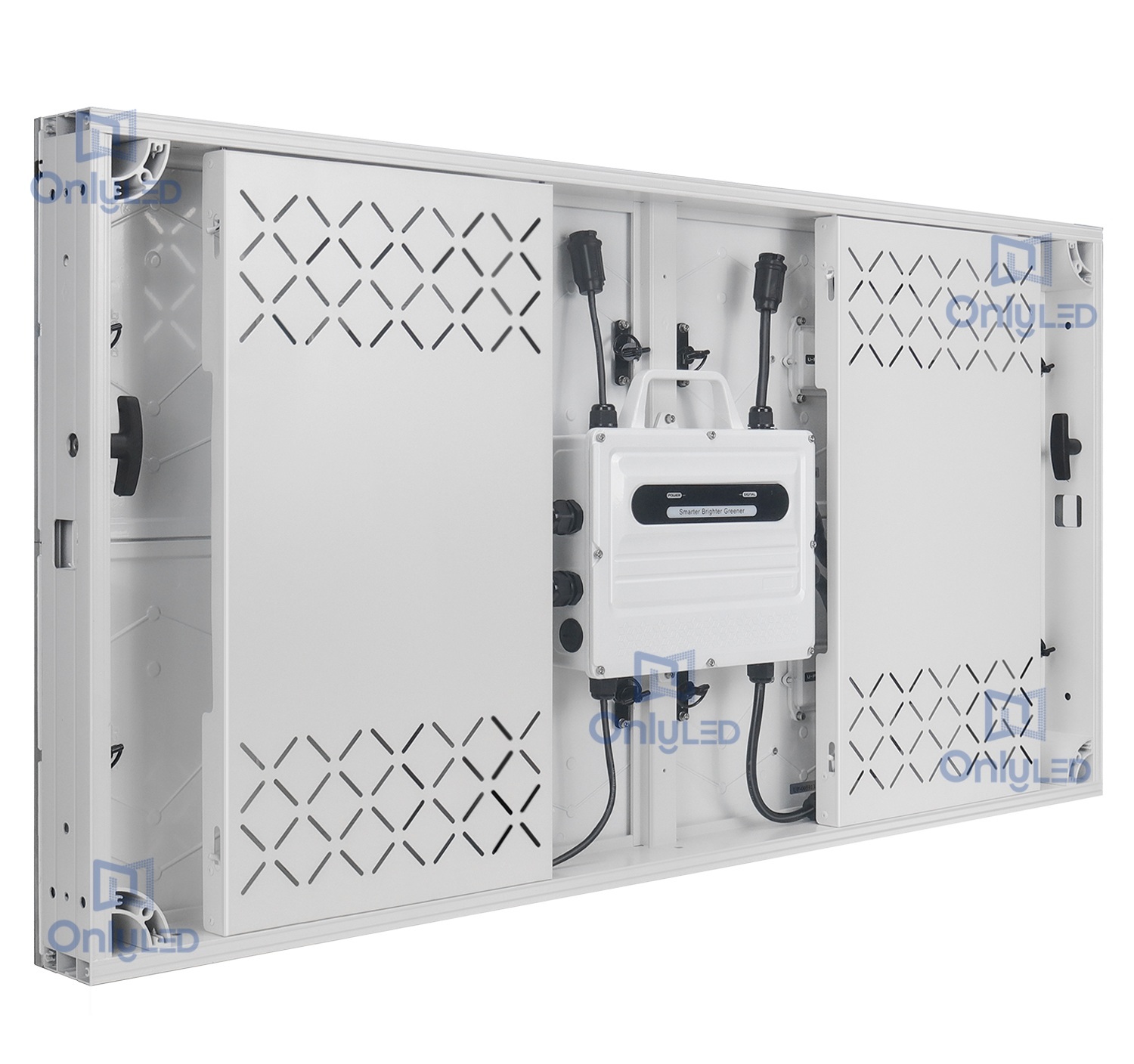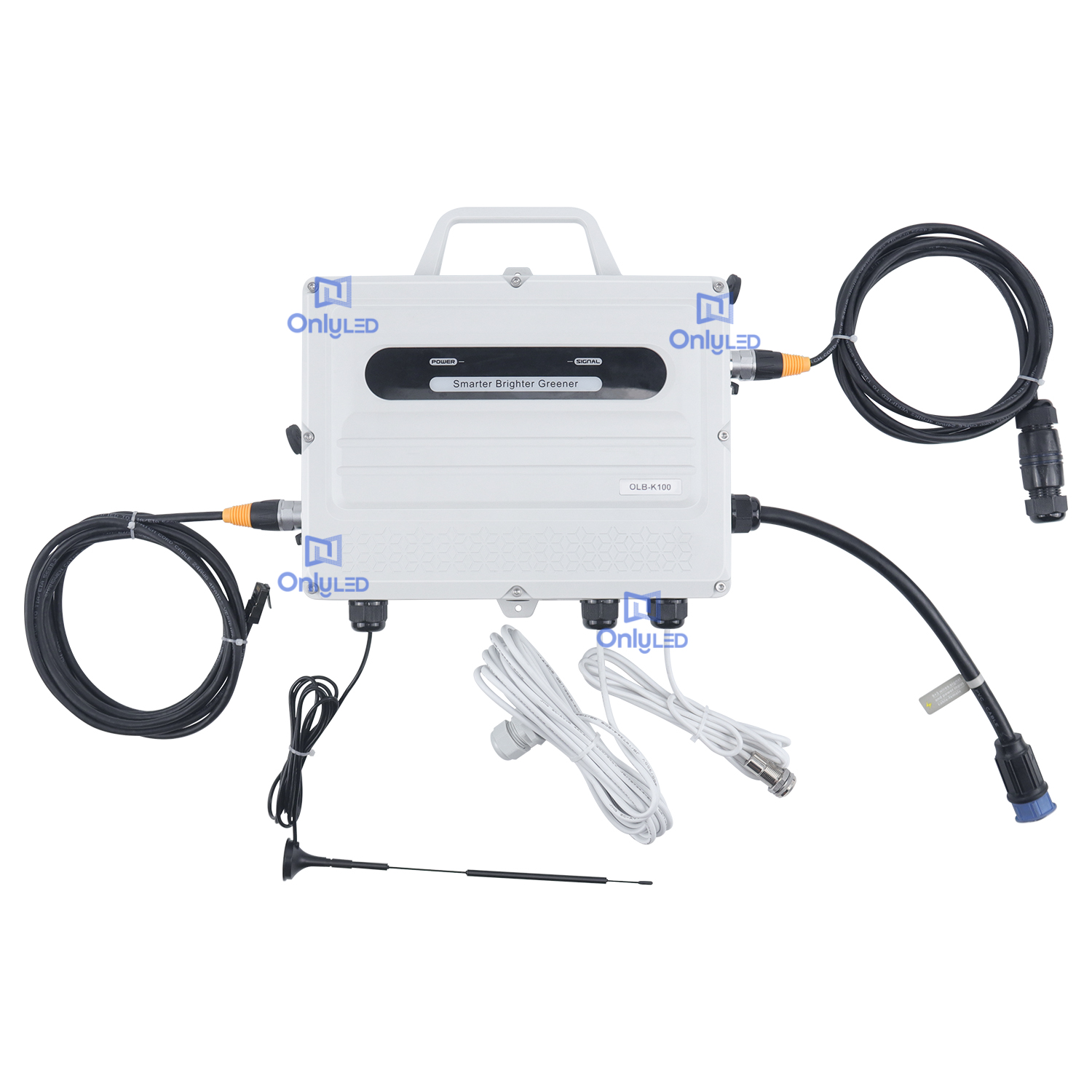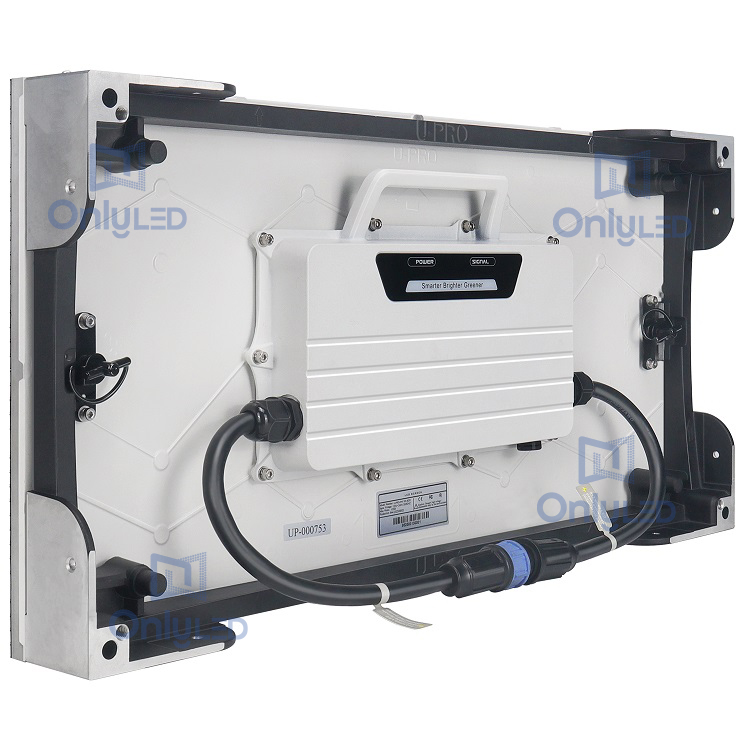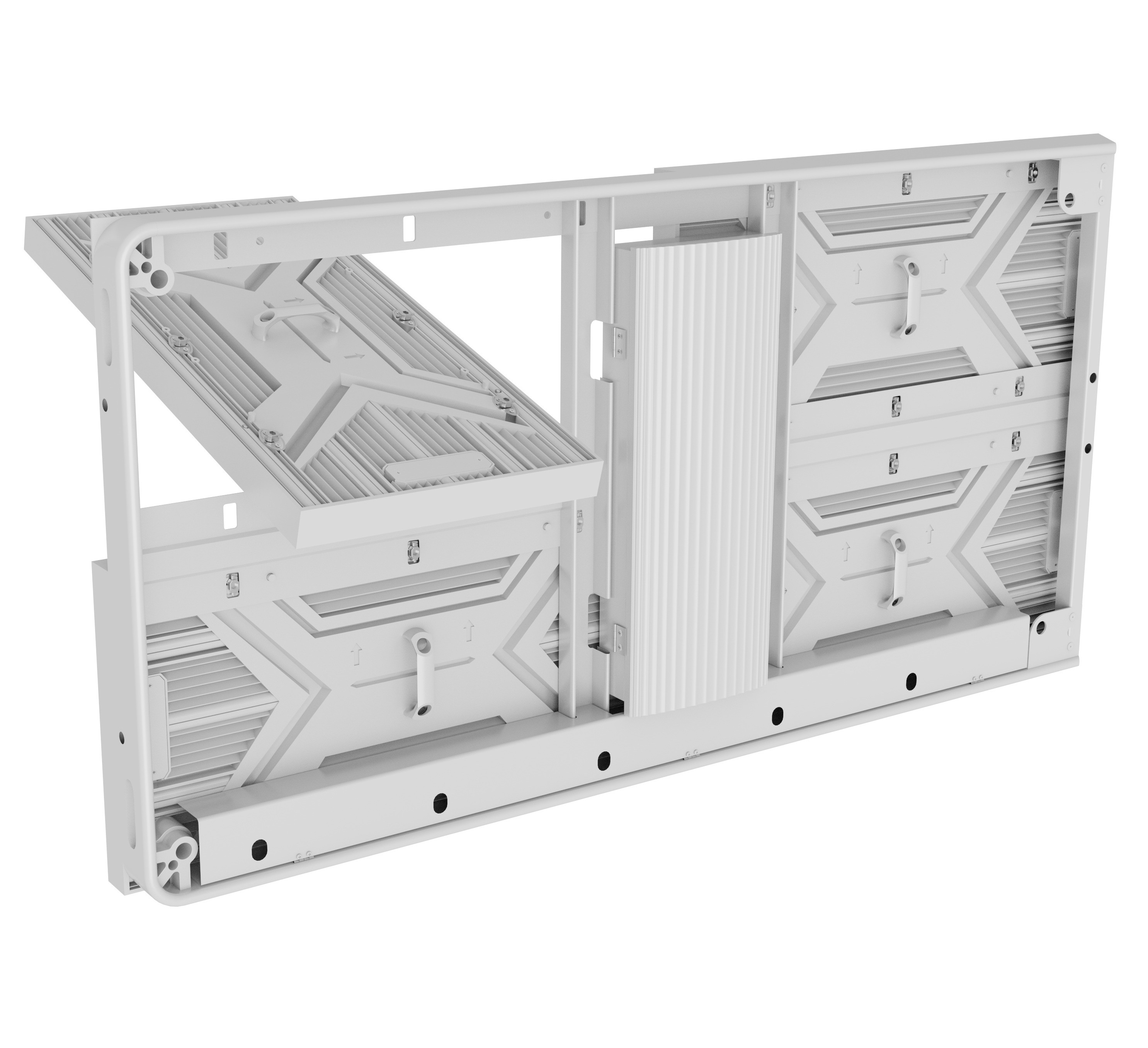Industry News
Factors to Consider When Selecting the Outdoor LED Display Screen Ratio
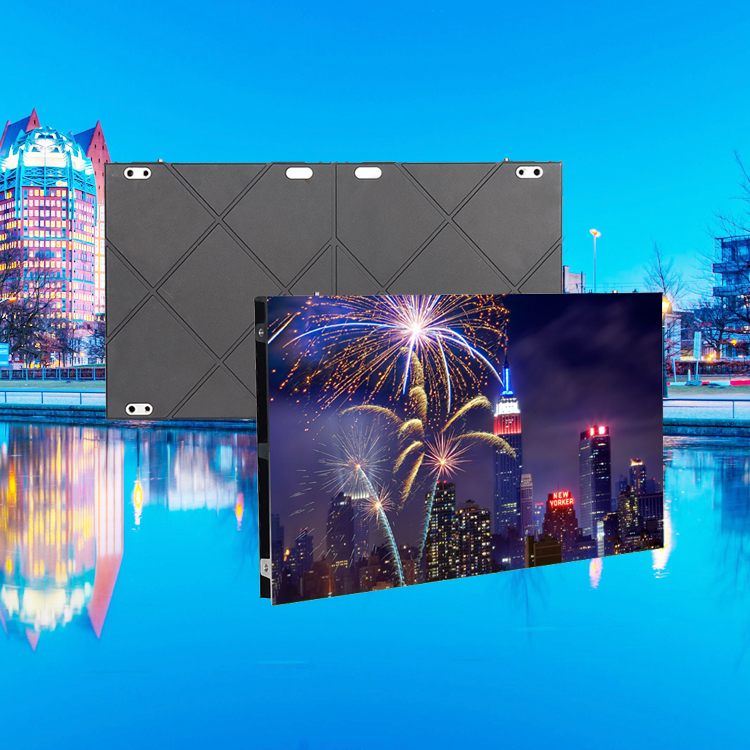
Outdoor LED display screens are increasingly being used for various purposes, such as advertising, entertainment, and public information display. One critical aspect that requires careful consideration is the selection and optimization of the display screen ratio. The aspect ratio of an LED display screen refers to the proportional relationship between the width and height of the screen. In this article, we will explore the importance of choosing the right aspect ratio for outdoor LED display screens, factors to consider when making this decision, and the optimization techniques to enhance the visual impact.
1. Viewing Distance and Optimal Aspect Ratio
The aspect ratio of an outdoor LED display screen should be determined based on the intended viewing distance. Different viewing distances require different aspect ratios to ensure optimal visual experience. For instance, if the LED display screen is intended to be viewed from close distances, such as in a shopping mall, a square or nearly square aspect ratio, such as 1:1 or 4:3, would be suitable. On the other hand, if the LED display screen is meant to be viewed from a considerable distance, such as on a highway, a wider aspect ratio, such as 16:9 or even wider, would be more appropriate. Understanding the viewing distance helps to determine the optimal aspect ratio and avoid distortion or loss of information.
2. Content Type and Screen Orientation
The content type to be displayed on the outdoor LED display screen is an essential factor in selecting the aspect ratio. Different types of content, such as images, videos, or text, have different aspect ratio requirements for optimum presentation. For example, widescreen format, such as 16:9, is ideal for displaying videos, while a more square aspect ratio is suitable for text-heavy content. Additionally, the screen orientation, whether landscape or portrait, should also be considered when choosing the aspect ratio. Certain types of content, such as tall vertical advertisements, are better suited for portrait-oriented screens with a narrower aspect ratio, while landscape-oriented screens are versatile for various types of content.
3. Display Resolution and Image Scaling
The display resolution is another crucial factor to consider when selecting the aspect ratio of an outdoor LED display screen. The chosen aspect ratio should match the native or desired resolution of the screen to ensure optimal image quality and minimize image scaling artifacts. Image scaling occurs when the content does not perfectly fit the display resolution, resulting in image distortion or blurriness. By choosing the appropriate aspect ratio, the need for image scaling can be minimized, preserving the integrity of the displayed content and enhancing the overall visual impact.
In conclusion, the selection and optimization of the aspect ratio for outdoor LED display screens play a vital role in achieving the desired visual impact and ensuring a seamless viewing experience. Factors such as viewing distance, content type, screen orientation, and display resolution should be carefully considered when making this decision. By understanding these factors and implementing the right aspect ratio, outdoor LED display screens can effectively convey messages, engage the audience, and enhance the brand image.

